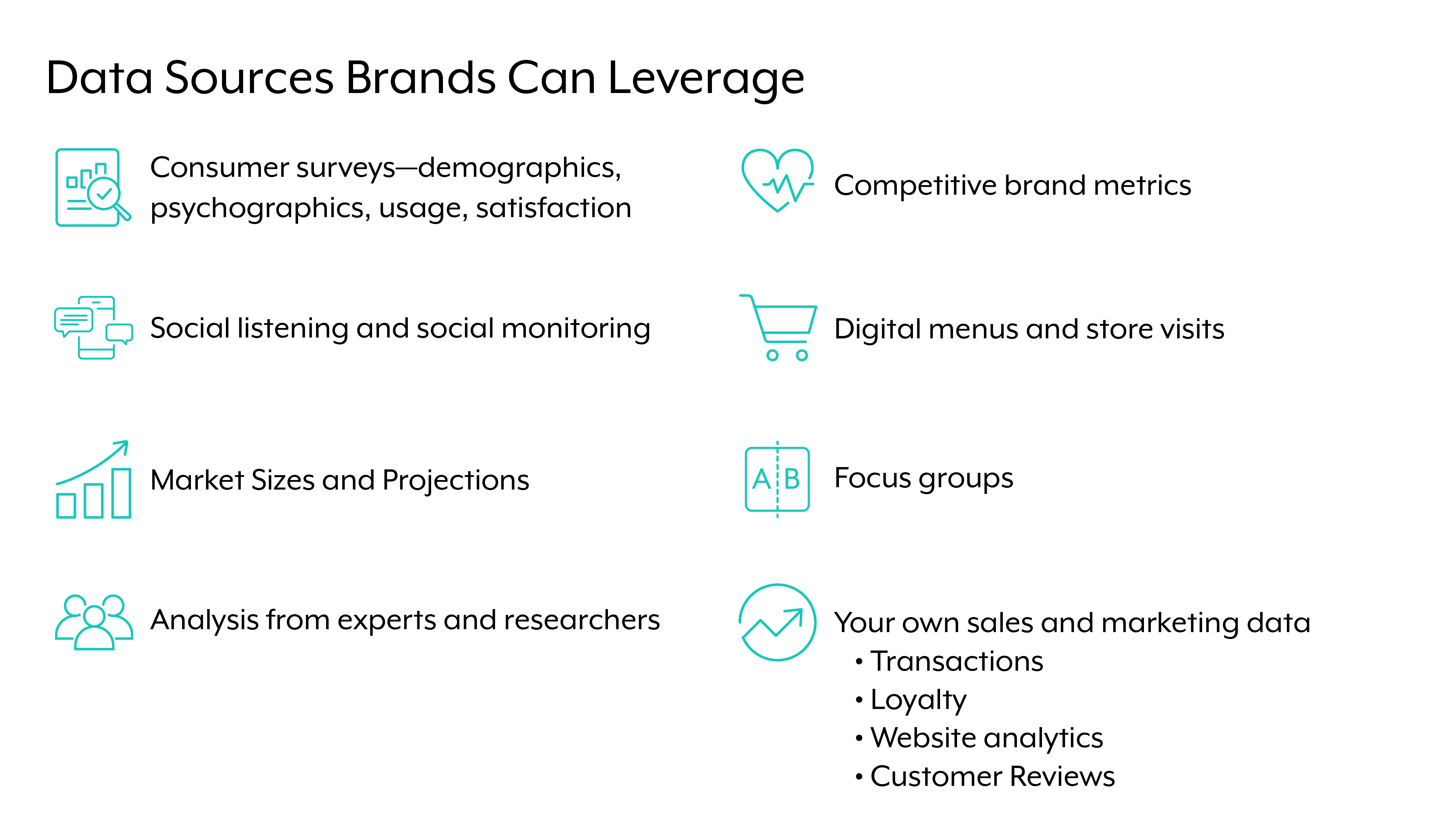The Power of Data: Leveraging Distribution Analytics for Enhanced Decision-Making

In today's fast-paced business environment, companies are constantly seeking ways to gain a competitive edge. One of the most valuable assets a company can leverage is data. Data-driven decision-making has become a cornerstone of success for organizations across various industries. When it comes to distribution, harnessing the power of data through analytics can provide valuable insights that can lead to enhanced decision-making and improved operational efficiency.
The Importance of Distribution Analytics
Distribution analytics involves the use of data analysis tools and techniques to gain insights into the distribution process. By leveraging distribution analytics, companies can:
- Optimize distribution networks for improved efficiency
- Identify areas for cost savings and process improvements
- Forecast demand more accurately
- Improve inventory management
- Enhance overall customer satisfaction through faster and more reliable deliveries
The Role of Data in Decision-Making
Data plays a crucial role in decision-making, especially in the distribution sector. By analyzing data from various sources such as sales, inventory, and customer feedback, companies can make informed decisions that drive business growth. Some key ways in which data can enhance decision-making in distribution include:
- Identifying trends and patterns in customer behavior
- Optimizing inventory levels to meet demand without excess stock
- Improving route planning and delivery schedules for faster and more cost-effective distribution
- Identifying underperforming areas in the distribution network for targeted improvements
- Forecasting demand accurately to prevent stockouts or overstocking
Implementing Distribution Analytics in Your Organization
To leverage the power of data for enhanced decision-making in distribution, companies should consider the following steps:
1. Define Key Performance Indicators (KPIs)
Identify the metrics that are most important to your distribution operations, such as on-time delivery rates, order accuracy, or inventory turnover. These KPIs will serve as benchmarks for performance measurement and improvement.
2. Implement Data Collection and Analysis Tools
Invest in data collection tools that can gather information from various sources such as ERP systems, IoT devices, and customer feedback channels. Utilize data analytics software to analyze this information and extract valuable insights.
3. Train Your Team on Data Analytics
Ensure that your team has the necessary skills to interpret and act upon the insights provided by data analytics. Provide training on data analysis tools and techniques to empower your employees to make data-driven decisions.
4. Continuously Monitor and Improve
Regularly review your distribution analytics processes and KPIs to identify areas for improvement. Use feedback from stakeholders and data analysis to make adjustments and optimize your distribution operations.
Case Study: How Company X Used Distribution Analytics to Drive Growth
Company X, a leading distributor of consumer goods, implemented distribution analytics to streamline its operations and improve decision-making. By analyzing data on sales trends, inventory levels, and delivery performance, Company X was able to:
- Optimize its distribution network for faster deliveries and lower costs
- Forecast demand more accurately, reducing stockouts and overstocking
- Identify underperforming areas in its distribution network for targeted improvements
- Improve customer satisfaction by ensuring on-time deliveries and order accuracy
As a result of these efforts, Company X saw a significant increase in efficiency and profitability, solidifying its position as a market leader in the distribution industry.
Conclusion
In conclusion, leveraging distribution analytics for enhanced decision-making can provide companies with a significant competitive advantage in today's dynamic business landscape. By harnessing the power of data, companies can optimize their distribution operations, improve customer satisfaction, and drive business growth. Investing in data collection and analysis tools, defining KPIs, and training employees on data analytics are crucial steps towards implementing a successful distribution analytics strategy. With the right approach, companies can unlock the full potential of data and achieve sustainable success in distribution.